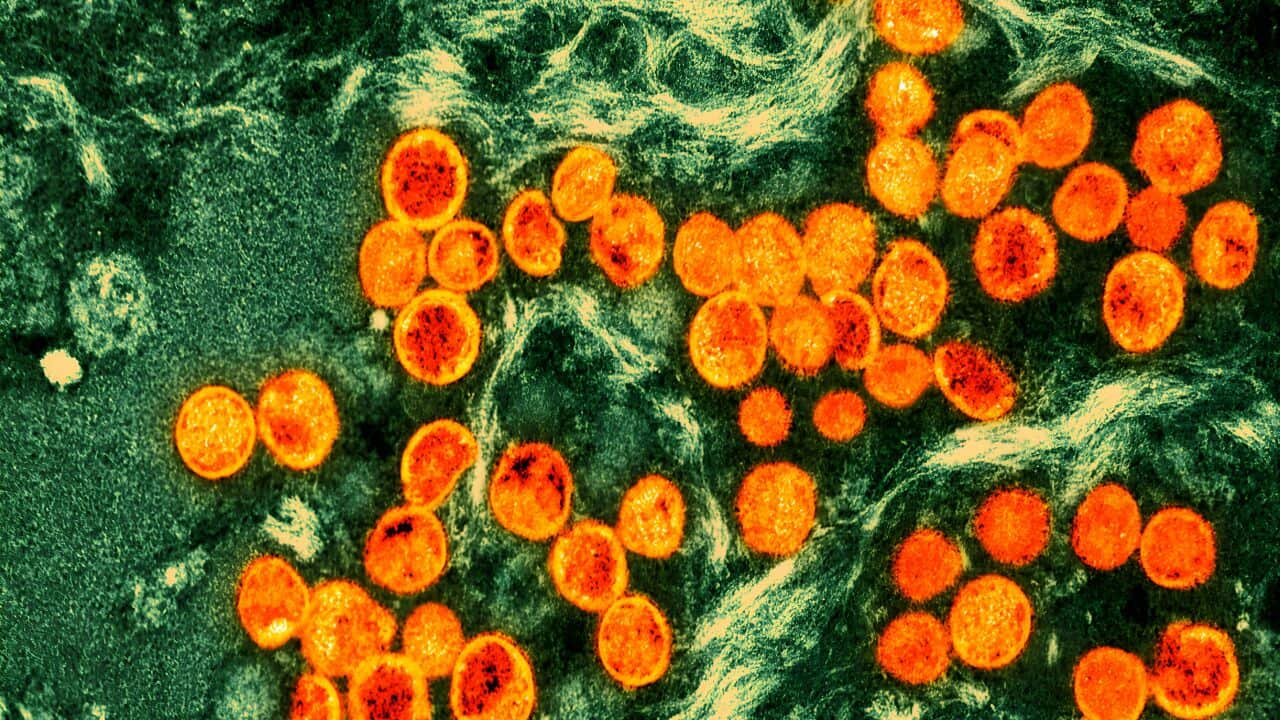KEY POINTS
- Victoria’s current mpox outbreak is the biggest in more than two years.
- There have been 330 cases since April this year, with 27 people hospitalised.
- Across the nation, 1,119 cases have been notified to federal authorities.
Victoria is facing a record-setting mpox outbreak, the state’s chief health officer has warned, and cases continue to rise across other Australian jurisdictions.
Professor Ben Cowie said in an alert on Friday that Victoria’s outbreak was the biggest since Victoria recorded its first case in May 2022.
He said the state had recorded 330 mpox cases since April 2024, with 27 people hospitalised.
The majority of cases are among men who have sex with men, but anyone can contract mpox. Cowie said heterosexual transmission had been reported and there had been several cases in females.
There are; clade 1 and clade 2. Clade 1 typically causes more serious illness, while clade 2 is a less severe infection.
The cases in Australia are a variant of clade 2.
It comes amid an mpox outbreak in NSW that the state’s chief health officer Dr Kerry Chant has labelled “very concerning”.
Chant said earlier this month the state was experiencing its biggest outbreak since May last year, with 433 cases recorded since June and 26 people with severe symptoms hospitalised.
She said 46 per cent of those cases were unvaccinated against mpox. While those who were vaccinated could also be infected, symptoms tended to be milder and for a shorter period.
More than 1,119 cases have been notified to federal authorities as of Friday, with three-quarters located in Victoria and NSW (329 and 512, respectively).
In the six months to Thursday, there have been confirmed hospitalisations in both Victoria (27) and NSW (28).
Tasmania is the only state unaffected. There have been 85 cases in Queensland, 15 in the ACT, eight in South Australia, four in the Northern Territory and two in Western Australia.
What is mpox?
Mpox is a viral zoonotic disease, and comes from the same family as the one responsible for smallpox.
Signs and symptoms can include a distinctive rash or lesions, swollen lymph nodes, headache or fever, muscle aches, joint pain, back pain, chills and exhaustion.
The virus can be transmitted through intimate or prolonged physical contact, close contact with rashes on the skin, body fluids (including droplets from coughing or sneezing) and contaminated objects such as linen and towels.
Symptoms typically clear after two to four weeks for most people, but some can become seriously ill.
Who should get vaccinated for mpox in Australia?
Eligible groups can be vaccinated for free with no Medicare card required.
Vaccination is recommended for men who have sex with men, sex workers, and healthcare and laboratory staff at risk of exposure.
Those who have close physical contact with an infected person or are immunocompromised are also considered high risk.
Anybody at risk who is planning to travel to a country experiencing a significant outbreak should be vaccinated four to six weeks before travelling.
The best time for people to receive the vaccine is before they are exposed to mpox.
With the Australian Associated Press.
